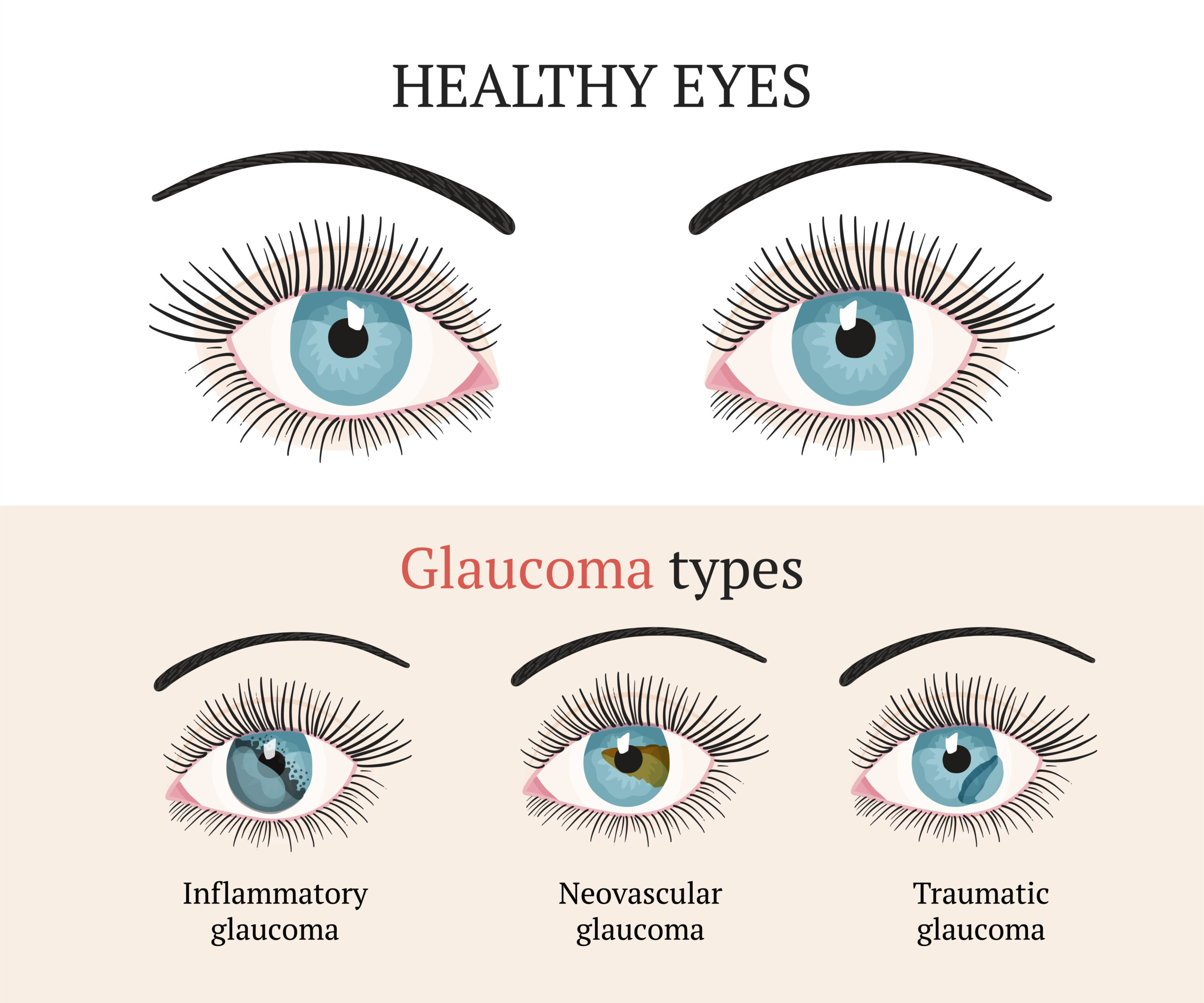 When people hear the word “glaucoma,” they often think of it as a single type of eye disease. In fact, glaucoma is a term used to describe a collection of eye conditions that damage the optic nerve. While treatments can sometimes overlap, usually the specific type of glaucoma dictates the appropriate treatment plan.
When people hear the word “glaucoma,” they often think of it as a single type of eye disease. In fact, glaucoma is a term used to describe a collection of eye conditions that damage the optic nerve. While treatments can sometimes overlap, usually the specific type of glaucoma dictates the appropriate treatment plan.
That is why it is so important to choose an eye doctor with expertise in glaucoma. Below, the doctors at Wiles Eye Center (Dr. Stephen Wiles, Dr. Rachel Tischinski, and Dr. Erin Gilliland) describe several types of glaucoma.
Primary Open-Angle Glaucoma
Open-angle glaucoma occurs when a blockage forms in the trabecular meshwork, which is where the clear fluid between the cornea and lens (aka the aqueous humor) passes through. This obstruction leads to ocular pressure that gradually damages the optic nerve. Nearly nine out of 10 cases of glaucoma are considered open angle. Because symptoms of open-angle glaucoma are difficult to spot, especially early, an eye exam is usually necessary to detect this problem.
Primary Angle-Closure Glaucoma
Angle-closure glaucoma is the second most common form of glaucoma after open-angle glaucoma. With angle-closure glaucoma, the iris interferes with the eye’s ability to drain fluids, which increases pressure in the eye (intraocular pressure). This form of glaucoma progresses quickly, meaning that it is possible to lose all vision within months. That is why treatment of angle-closure glaucoma must be immediate.
Secondary Glaucoma
Secondary glaucoma is a subtype of glaucoma where optic nerve damage occurs because of the side effect of another medical condition or injury. Examples include:
- Traumatic glaucoma (an injury builds optic pressure)
- Neovascular glaucoma (the development of blood vessels blocks drainage in the eye)
- Pigmentary glaucoma (clumps of pigment in the iris cause a blockage)
- Uveitic glaucoma (swelling in the center of the eye causes damage to the optic nerve)
Congenital Glaucoma
Although glaucoma is most often diagnosed in seniors, roughly one in every 10,000 babies is born with glaucoma. Congenital glaucoma occurs when a birth defect damages the optic nerve. While ophthalmologists can sometimes preserve the child’s vision, other times vision lost to this condition is permanent.
Normal Tension Glaucoma
Normal tension glaucoma is distinct from other forms of glaucoma in that intraocular pressure remains at a normal level. Instead, optic nerve damage is due to another cause, such as weak tissue or abnormal blood flow.
Meet with a Knowledgeable Eye Doctor
One thing that all forms of glaucoma have in common is that they can cause irreversible vision loss. To prevent this from happening, make sure you undergo regular comprehensive eye exams so glaucoma can be diagnosed and treated accordingly.
If you have any form of glaucoma, schedule an appointment at Wiles Eye Center in Missouri for prompt care to protect your sight. Call 816-455-2020 (Kansas City) or 816-279-7015 (St. Joseph) today.

Comments are closed here.